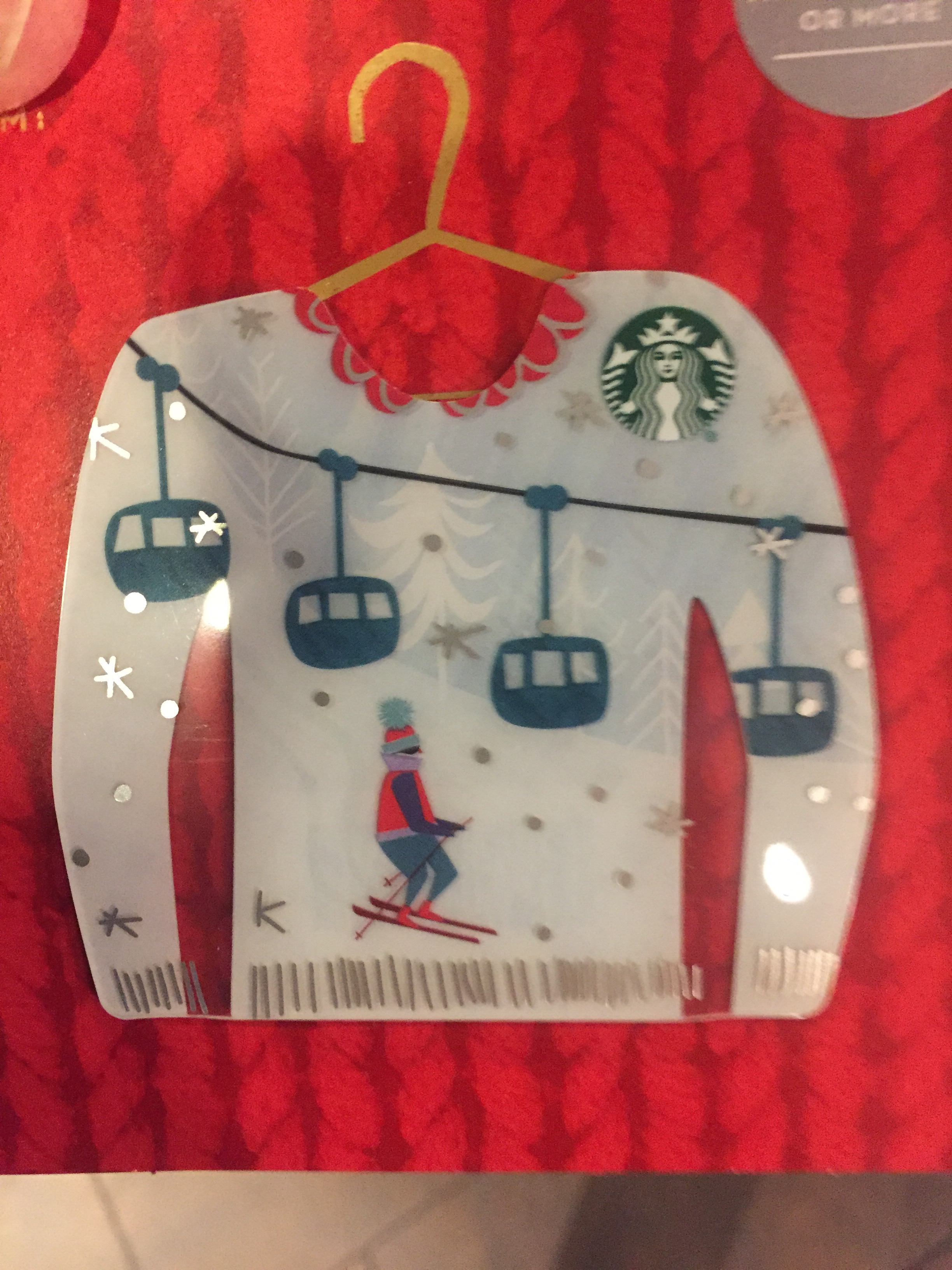 There is nothing better than an old Christmas tradition. Whether it is the tree, or the mistletoe, or Krampus, these yearly reminders of our past can’t help but bring joy every year. However, there is nothing worse than a fake tradition, a “tradition” that has grown not from our past, but from our desire to create a past in the future. Let’s examine two examples of this today.
There is nothing better than an old Christmas tradition. Whether it is the tree, or the mistletoe, or Krampus, these yearly reminders of our past can’t help but bring joy every year. However, there is nothing worse than a fake tradition, a “tradition” that has grown not from our past, but from our desire to create a past in the future. Let’s examine two examples of this today.
The elf on the shelf, what a charming Christmas tradition. A mischievous elf (in the form of a doll) travels around the house, scouting the way for Santa Claus and verifying that the children continue behavior that will merit his visit. Occasionally a very clever child will spot the elf, but by the next day he will have found another hiding place. Generations of children remember scouring the house for the clever elf and watch fondly as their own children take up the search.
Except the elf on the shelf is not a tradition that is generations old. The entire activity seems to date back to 2004 with the publication of The Elf on the Shelf: A Christmas Tradition by Carol Aebersold and Chanda Bell. The book was sold with a doll so that the tradition could be taken up in the houses of the buyers. But it is faux tradition, something that feels like it has been done for years, when it actually was a fad, the Pokémon of the early 2000s. The desire for this marketing approach can be seen, well, in the title of the book. The inventor of a game is not allowed to say it is a tradition, and the way that the word tradition is used to give gravitas to the activity is in the best spirit of commercial Christmas (in this way perhaps it is traditional). The Elf on the Shelf tradition is the Monkees of Christmas traditions…prefabricated and prepackaged with the faint whiff of false authenticity.
The second fake tradition is a game for adults that does have a short history, but has degenerated into the same commercial crassness in a short number of years. The Ugly Sweater Competition was a healthy and enjoyable mockery of overly earnest and overly ornate Christmas wear. It was a terrific time for friends to gather with Aunt Bertha and Uncle Fritz’s old sweaters and laugh (and drink) at the excess of glitter, pom poms, and misguided yarn.
Though the USC (Ugly Sweater Competition) never claimed to be a generational tradition (in fact, they drew much of their popularity for their mockery of tradition), in a short time the purity of this mockery became tainted. Target and other retailers sell “Ugly Christmas Sweaters” specifically for these competitions. To create something gaudy pretending that it was not intended as gaudy is such a contradiction (I suppose hipsters would call it meta). An even more disturbing development is “Ugly Sweater Chic,” people simultaneously wearing and mocking gaudy Christmas fashions, creating a level of cool beyond that of the North Pole. Starbucks sells gingerbread men with ugly sweaters. The Ugly Sweater tradition has very quickly jumped the, well, reindeer.
As always I welcome your comments.
We’ve had a couple Xmas traditions enter through the singing of Gene Autry: “Frosty the Snowman” and “Rudolph, The Red Nosed Reindeer.” Both were made up in the 1940’s. Nearer home is the fake response to the fairly innocent “Baby, It’s Cold Outside” song as an example of nonconsensual sex. I remember the outcry against “I Saw Mommy Kissing santa Claus,” wherein the child assumed his mother was committing adultery with a bearded stranger. Ah, Bartleby.